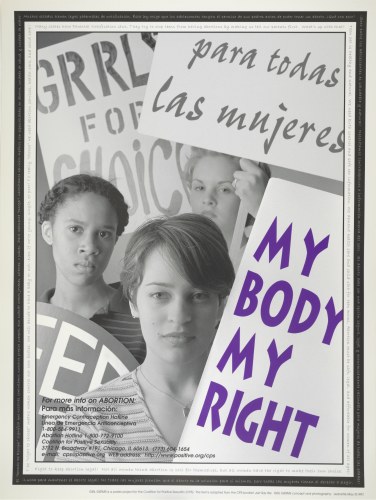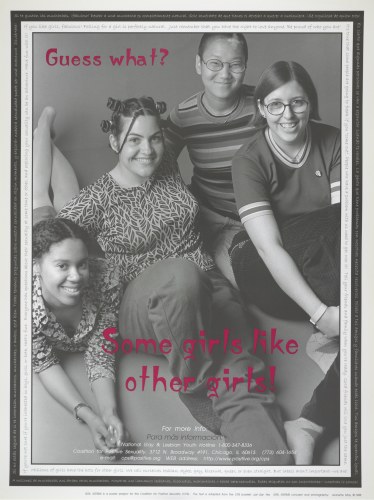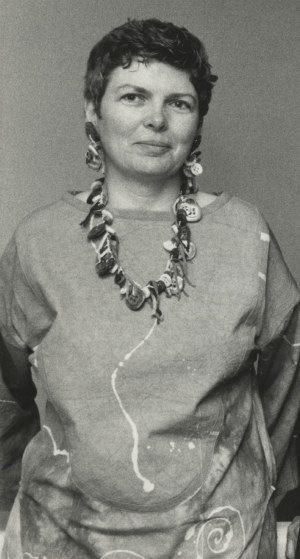We’re celebrating the beginning of a new fiscal year by reviewing some notable items and collections that arrived here at the RBMSCL in the past year. Get ready for announcements of many more exciting acquisitions in 2011-2012!
The Penny Pickwick by Thomas Peckett Prest. Edited by Bos, ca. 1837-42
Charles Dickens’s Pickwick Papers (1836-37) was so popular that it almost immediately generated a flurry of piracies, travesties, and plagiarisms. One of the first of these was the Penny Pickwick, so called for its being issued weekly in 112 parts, each costing one English penny. The set now at the RBMSCL contains 108 of the 112 original parts, now very hard to find in their original state (since most sets were read and discarded or bound together). While its claims to artistic merit are few and far between, Prest’s work nevertheless provides a fascinating glimpse of London’s popular culture at the dawn of the Victorian era and the workings of its publishers, hack writers, and illustrators. The Penny Pickwick is also an early example of the “penny dreadfuls” that swept through England in the nineteenth century: cheap, sensational fiction aimed at lower-class audiences, and important works in the development of genres such as mystery, science, and horror fiction.
For more photos of our new acquisitions (and other materials from the RBMSCL’s collections), check out the “From the RBMSCL’s Collections” set on the Duke University Libraries’ Flickr photostream.
Post contributed by Will Hansen, Assistant Curator of Collections.
Previous posts:














